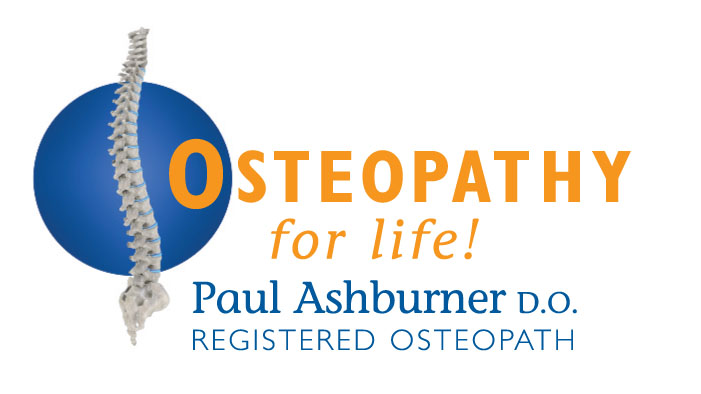
Health Articles
Children developing Gameboy back.
As a follow-on to the article in The Times recently by Laura Donnelly, I take this opportunity to add a few thoughts of my own on the subject:
In the normal spine there is a natural forward flexion of the thoracic spine (between the shoulder blades) and a backward curvature in the lumbar spine (low back). Increasingly, in clinical practice, children and young adults present with spinal postures different to that expected in the normal spine, in which the lumbar spine displays a forward bending and consequently the upper thoracic spine appears flattened or even shows a degree of extension.
There are likely to be multiple factors contributing to this situation and certainly it appears that the spine of youngsters is adapting to accommodate to a lifestyle ruled by technology. However there may be other factors, such as those discussed below:
In the home:
Families now rarely sit a dining table and children are less likely to be disciplined in sitting up when eating and using cutlery. More often mealtimes revolve around the TV and eating while sitting on a low sofa and using a coffee table encourages the lumbar spine to be flexed forward. In looking up from this position, the tendency is to straighten the upper spine.
Similarly, children increasingly have their own TV in their bedroom and sit on the bed while watching TV or playing Playstations etc. This position again encourages lumbar spine flexion with extension though the thoracic spine. This acquired posture becomes both habitual and engrained and I am reminded of the adage ' As a twig is bent so the bough grows'.
The problem is not just in the home:
Only two or three generations ago, the classroom was arranged with the teacher at the front of the class and children sat at sit-up-and-beg desks with smaller desks at the front and larger desks at the rear of the class and desks were allocated according to height. The desks were sloped to assist with an appropriate writing angle and children were encouraged to adopt an upright posture. Books where kept in the desks which meant that children avoided having to carry around heavy bags, unlike today's counterpart.
Bearing in mind that the height of children within the same class may vary by as much as six inches then classroom furniture needs to allow for this fact, but they all have to use the same height of desks. And, being flat desks they tend to lean too far over, thereby putting strain on their low backs. Admittedly, there is less writing and more use of keyboards nowadays but the facts remain.
In the working environment, adults are encourage to be aware of correct workstation layout for health and safety reasons but little care is taken to ensure that the maturing spines of children is in the forefront of the educators minds.
In days gone by, teachers would, for the most part, be at the front of the class, whereas, the modern classroom layout, for other reasons, tends to be such that the teacher will walk about the classroom and so children have to squirm in their seats to be able to see the teacher.
Physiologically, it would appear that the problem arises when in a sitting position, the knees are positioned higher than the hip bones, this in turn causes a backward pressure into the lumbar spine.
This same position can often be seen to be assumed in the driving seat of a car and which is why often people experience stiffness when getting out of the car and straightening up.
One other common practice, particularly seen among young females, is the habit of sitting with both legs up to one side. Most often they will find that they can do this more easily one side than the other. Prolonged periods of sitting this way and the habitual repetition will lead to a lateral or sideways curvature of the spine which then will have postural adaptation to accommodate this, higher up in the spine. This practice should be discouraged.
With the modern more sedentary lifestyle, less time is spent in the upright position and walking which serve to allow the spine to straighten and the postural muscles acting on the spine to normalise. It is the writers opinion that more should be done to screen children at particular stages of their development to highlight any issues and to help resolve these before the posture adapts, and to advise children on corrective exercises and practice to help correct any problem.
Osteopathy is well placed to provide a valuable service in this respect and in so doing will serve to help avoid postural problems becoming more complex as the child grows with consequential cost of possible corrective surgery in the more severe cases.
Our childrens' health depends on it!
New to the Practice?
To book an Initial Consultation you should call on 01773 843 033 during office hours. Our friendly reception staff will be pleased to find a convenient appointment for you.
Existing Patients:
Book your next appointment online by clicking the button below:
Book your Appointment
Conditions patients often seek our help for:
Latest News
Latest Articles
Payment Methods
We accept payments by cash, bank transfer and credit/debit cards.



